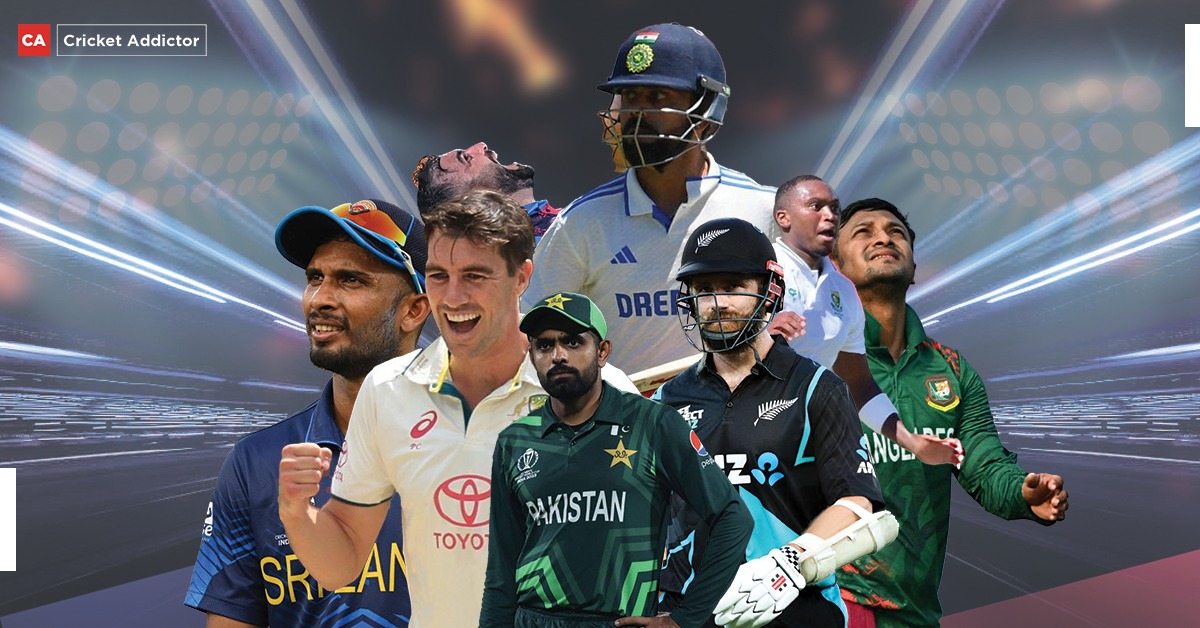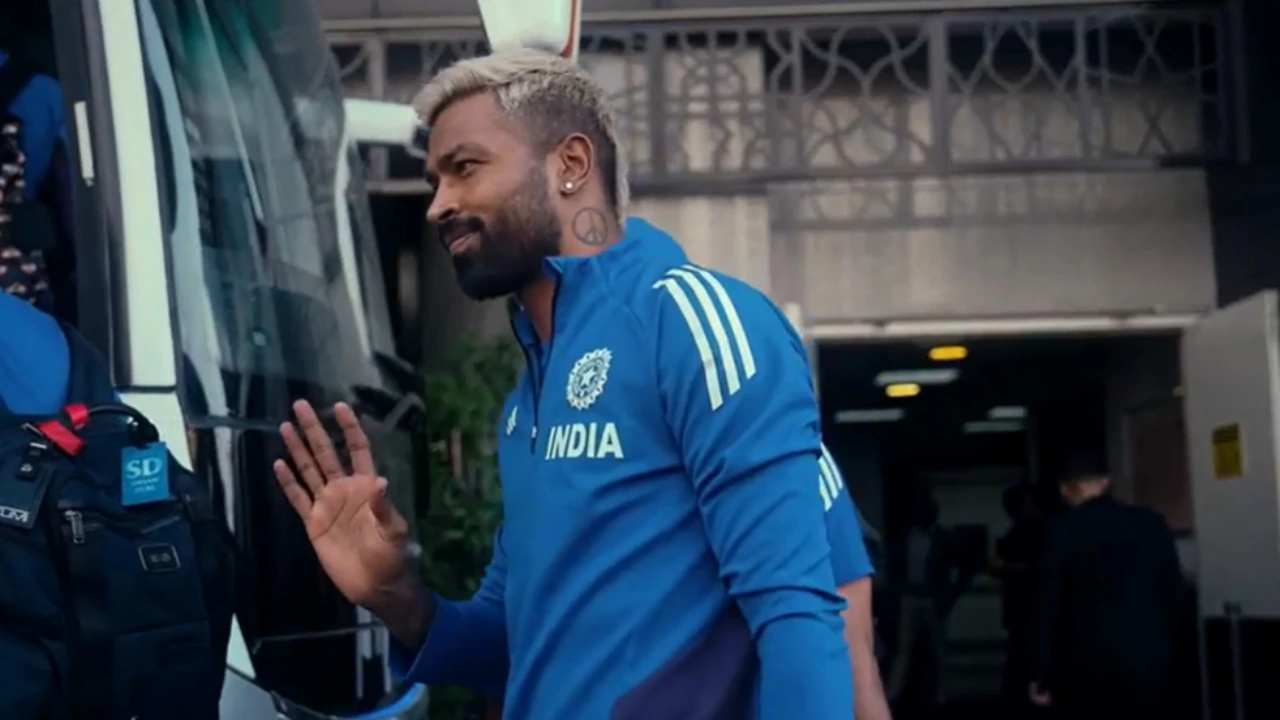Gautam Gambhir States How DRS Would've Helped Anil Kumble, Harbhajan Singh In Picking More Wickets
Published - 03 May 2020, 06:41 PM | Updated - 23 Aug 2024, 12:06 AM

Table of Contents
Former Indian opener Gautam Gambhir has opened up on the role of Decision Review System (DRS) and how it would’ve helped former Indian bowlers to clinch more wickets. It is a technology-based system used in cricket to assist the match officials with their decision-making. On-field umpires may choose to consult with the third umpire (known as an Umpire Review), and players may request that the third umpire consider a decision of the on-field umpires (known as a Player Review).
The spin duo of Harbhajan Singh and Anil Kumble has been the most successful in Indian cricket, and they have been the best spinners for India since the inception of the game in the country. Kumble has been a legend in world cricket and is the third-highest wicket-taker across all formats in international cricket. Kumble ended his Test career with 619 wickets in his bag, whereas, Harbhajan Singh scalped a total of 417 wickets in Test cricket.

However, former Indian opener, Gautam Gambhir reckons if DRS had existed during Kumble’s and Harbhajan’s stint, they would have picked a lot more wickets than they actually did.
Gautam Gambhir Heaps Praise On Anil Kumble And Harbhajan Singh
The former Delhi batsman Gambhir also opined that in the presence of Decision Review System (DRS) technology Anil Kumble would have ended his Test career with 900 wickets. Gautam Gambhir also had words of praises for veteran off-spinner Harbhajan Singh by saying he along with Anil Kumble are the greatest spinners produced by India.

“With DRS technology Kumble would have ended up with 900 wickets and Harbhajan with 700 wickets. They missed lbw decisions on front-foot. Bhajju pa took 7 wickets in Cape Town, just imagine. If they would have played on rank-turners opposition would not have been able to make even 100 runs,” Gambhir said.
A Look At The History Of The Decision Review System
The formal DRS system to add Player Reviews was first used in a Test match in 2008, first used in a One Day International (ODI) in January 2011, and first used in a Twenty20 International in October 2017. In February 2017, the ICC agreed on the use for all future ICC World Twenty20 tournaments, with one review per team.
The first T20 tournament to use the technology was the 2018 ICC Women’s World Twenty20. It was used in the knockout stages of Pakistan Super League 2017, which was the first time DRS used in a T20 league. DRS was used for the first time in a Twenty20 International in the India–Australia T20I series in October 2017.

Under the new ICC rules of November 2017, there would no longer be a top-up of reviews after 80 overs in Test matches, and teams will have only two unsuccessful reviews every innings. However, teams would no longer lose a review for an umpire’s call on an LBW review.
Also Read: Gautam Gambhir Narrates An Incident To Portray The Greatness Of Anil Kumble As The Indian Captain
About the Author

Priyam Singh is the Head of Content and Operations at Cricketaddictor. He has been associated with C...












